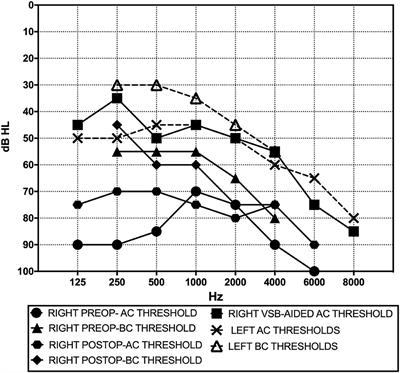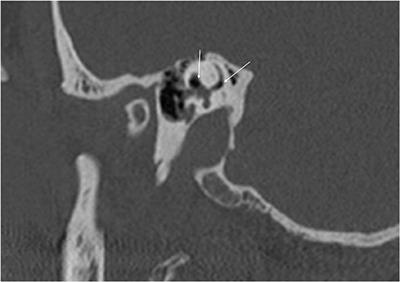EDITORIAL
Published on 18 Jun 2021
Editorial: Third Window Syndrome
doi 10.3389/fneur.2021.704095
- 8,050 views
- 18 citations
25k
Total downloads
152k
Total views and downloads
EDITORIAL
Published on 18 Jun 2021
REVIEW
Published on 06 Apr 2021

CASE REPORT
Published on 29 Mar 2021

BRIEF RESEARCH REPORT
Published on 11 Mar 2021

CASE REPORT
Published on 22 Dec 2020

OPINION
Published on 20 Nov 2020

CASE REPORT
Published on 10 Nov 2020

ORIGINAL RESEARCH
Published on 29 Oct 2020

ORIGINAL RESEARCH
Published on 27 Oct 2020

ORIGINAL RESEARCH
Published on 08 Oct 2020

ORIGINAL RESEARCH
Published on 16 Sep 2020

REVIEW
Published on 15 Sep 2020
